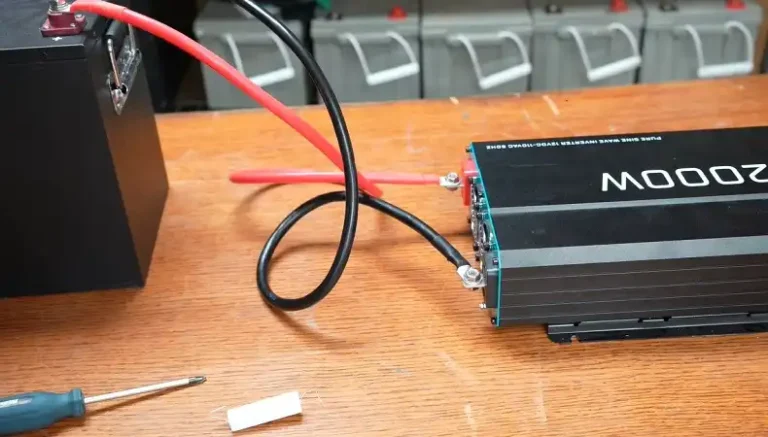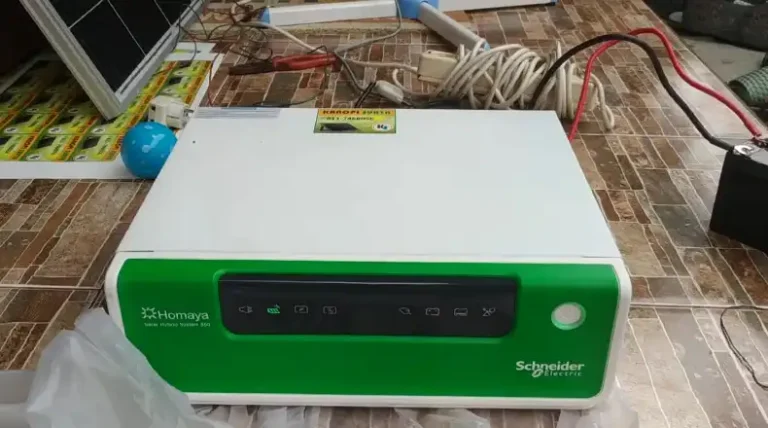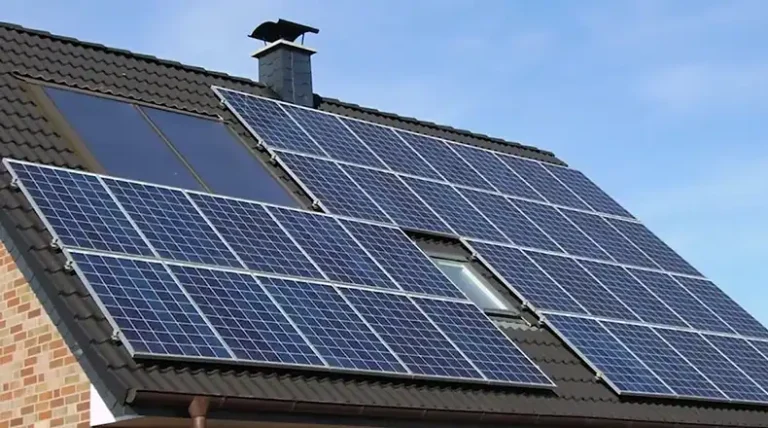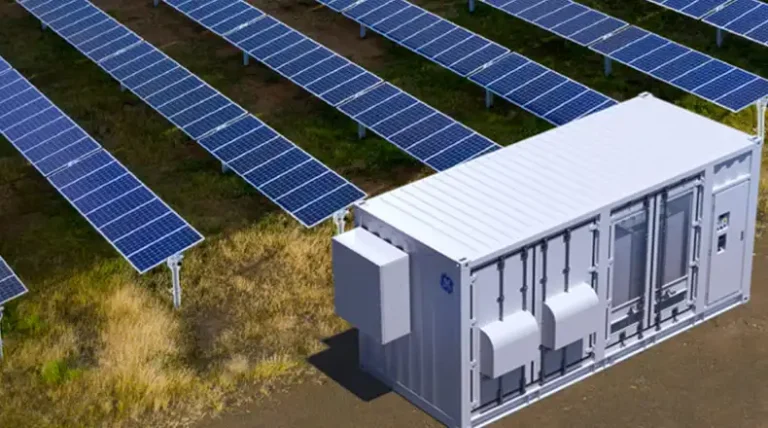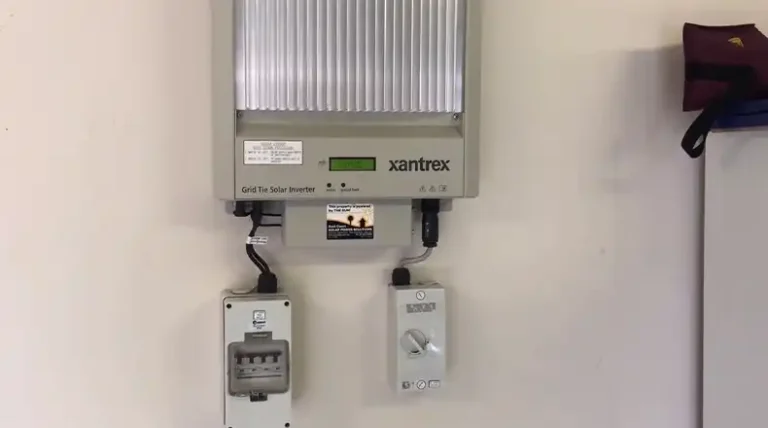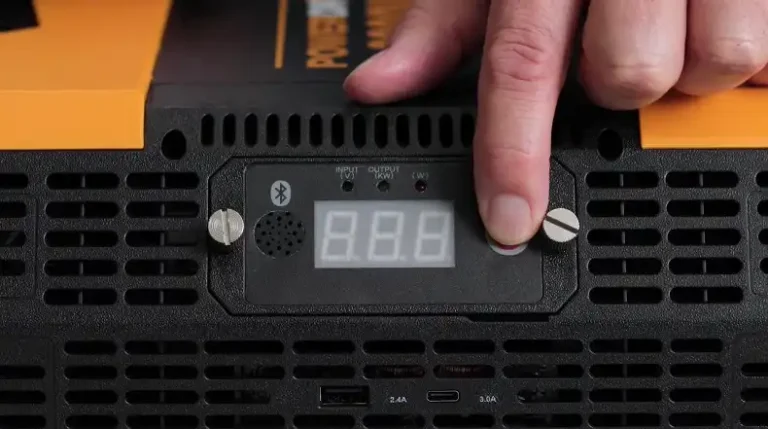Advantages of Solar Microinverters | General Discussion
Are you considering going solar? If so, you’ve probably heard about microinverters. These devices have taken the solar world by storm, and for good reason. They’re not just a trend; they’re changing the game in solar energy.
I’ve been in the solar industry for years, and I’ve seen firsthand how microinverters are revolutionizing home solar systems. They’re solving problems we’ve struggled with for ages and opening up new possibilities for solar energy. In this article, I’ll break down why microinverters have become the go-to choice for many homeowners and installers. Let’s dive in and explore the advantages that make microinverters shine.
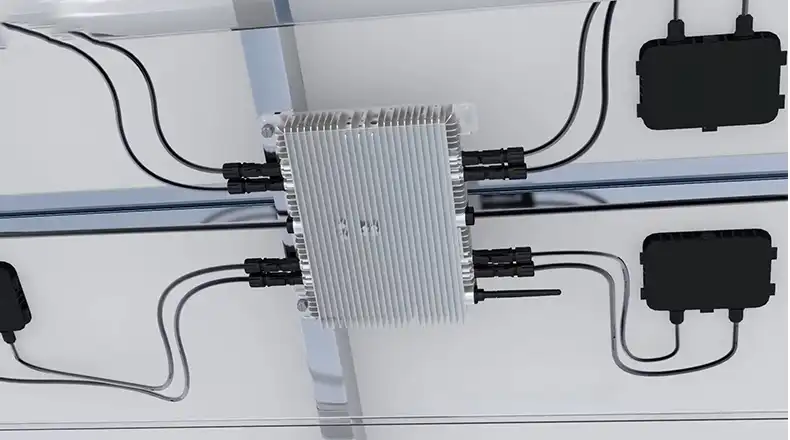
Improved Performance
One of the most significant advantages of microinverters is their ability to optimize the performance of each solar panel independently. This is particularly beneficial for systems that experience shading, dust buildup, or uneven roof orientations. Here’s why:
- Shade happens: Shading, whether from trees, chimneys, or even neighboring buildings, can significantly impact the output of a solar panel connected in a string. With string inverters, if one panel is shaded, the entire string’s performance suffers. Microinverters, however, bypass this issue. Since each panel has its own inverter, the shaded panel’s production dips, but the unshaded panels continue to generate power at their full potential.
- Dust and grime are enemies: Dust and grime buildup on a solar panel can also reduce its efficiency. Microinverters allow each panel to perform at its best even if dust or debris partially covers a neighboring panel.
- Not all roofs are created equal: Many homes have roofs with multiple orientations or slopes. Microinverters shine (pun intended) in these situations. Because each panel has its own microinverter, panels on different roof sections can be optimized for their specific orientation, maximizing overall system output.
Each microinverter is equipped with a Maximum Power Point Tracking (MPPT) controller. This nifty device constantly monitors real-time solar intensity and temperature. By dynamically adjusting the panel’s output, the MPPT controller ensures each panel operates at its optimal power point, squeezing every last watt of energy from the sun.
Easier Installation and Expansion
Microinverters offer greater flexibility when it comes to designing and installing your solar system. Here’s how:
- Think Legos, not chains: Unlike string inverters, which require panels to be wired together in series, microinverters treat each panel as an independent unit. This allows for more flexibility in system design. Panels can be oriented in different directions to capture sunlight from various angles, maximizing energy production for your unique roof layout.
- Future-proofing your sunshine: Thinking about adding more panels down the road? Microinverters make expanding your solar system a breeze. Since each panel operates independently, adding additional panels simply requires attaching them to the roof and connecting them to their own microinverters. No need to redesign or rewire the entire system.
- Streamlining the setup: Microinverters eliminate the need for a central string inverter and combiner box, which are required components in traditional solar systems. This reduces the number of parts needed and simplifies the installation process, potentially saving you time and money.
Enhanced Safety
Safety is a top priority when it comes to solar power. Microinverters offer a significant advantage in this area:
- Lower voltage, lower risk: Traditional string inverters deal with high-voltage DC electricity coursing through long strings of panels. Microinverters convert the DC electricity to AC power right at the panel, significantly reducing the amount of high-voltage DC wiring on your roof. This minimizes the risk of electrical shock during installation, maintenance, or in case of emergencies.
- Rapid shutdown compliance: Many regions have adopted rapid shutdown requirements for solar installations. This safety feature ensures the DC voltage on the roof can be quickly shut down in the event of a fire or other emergency. Microinverters inherently meet these requirements without the need for additional equipment, providing peace of mind.
Improved Monitoring
Microinverters provide a distinct advantage when it comes to monitoring your solar system’s performance:
- Panel-by-panel insights: Unlike string inverters, which only provide data for the entire system, microinverters offer panel-level monitoring. This granular data allows you to identify underperforming panels quickly and easily. Is a particular panel consistently producing less power? With microinverters, you can pinpoint the culprit and troubleshoot the issue, ensuring your entire system is functioning optimally.
- Tech-savvy tracking: Many microinverter systems come equipped with internet connectivity, allowing you to access real-time and historical performance data from anywhere. This advanced monitoring gives you valuable insights into your system’s health and helps you maximize your energy production.
Reliability and Longevity
Microinverters are built to withstand the elements. High-quality microinverters undergo rigorous testing to ensure they can handle extreme weather conditions, including scorching summers, freezing winters, and everything in between.
Here’s what you can expect:
- Built to last: Microinverters typically come with a 25-year warranty, which is significantly longer than the 5-10 year warranties typically offered for string inverters. This extended warranty reflects the confidence manufacturers have in the durability of these devices.
- More parts, more potential problems? It’s true that a system with microinverters has more components compared to a string inverter system. This can lead to some people worrying about increased chances of failure. However, the benefits of individual panel optimization and performance monitoring often outweigh this concern. Additionally, advancements in microinverter technology are continuously improving their reliability.
Cost Considerations
Microinverters do come with a higher upfront cost compared to string inverters. However, there are factors to consider that can offset this initial investment:
- Simpler installation: As mentioned earlier, microinverters eliminate the need for a central inverter and combiner box, potentially reducing installation labor costs.
- Potential for rebates and incentives: Some regions offer rebates or incentives specifically for solar systems with microinverters due to their safety and performance benefits. Be sure to research any available financial programs in your area.
- Long-term value: The increased efficiency and potential for higher energy production with microinverters can translate to greater cost savings over the lifetime of your solar system.
Drawbacks of Microinverters
While microinverters offer a compelling set of advantages, it’s important to be aware of their potential drawbacks:
- Higher upfront cost: As discussed previously, microinverters have a higher initial cost compared to string inverters. This can be a significant factor for some homeowners.
- More components, more maintenance: With more parts on your roof, there’s a slightly increased chance of needing maintenance or repairs on individual microinverters. However, these devices are designed for minimal maintenance, and most manufacturers offer extended warranties for peace of mind.
- Not ideal for all systems: For very large, open-field solar installations, string inverters may still be the most cost-effective option. Microinverters truly shine in situations with complex roof layouts, shading concerns, or a desire for detailed performance monitoring.
pen_spark
Bottom Line
We’ve zipped through the ins and outs of solar microinverters. Pretty nifty gadgets, huh?
Here’s the deal:
- They squeeze more juice out of each panel
- Installation’s a breeze (well, easier at least)
- They’re safer than traditional setups
- You can keep tabs on every panel
But let’s be real – they’re not cheap. And yeah, more parts could mean more headaches down the road.
So, what’s the verdict? If you’ve got a tricky roof or shade issues, microinverters might be your solar savior. But if your roof’s as perfect as a postcard? Maybe stick with the old-school setup.

